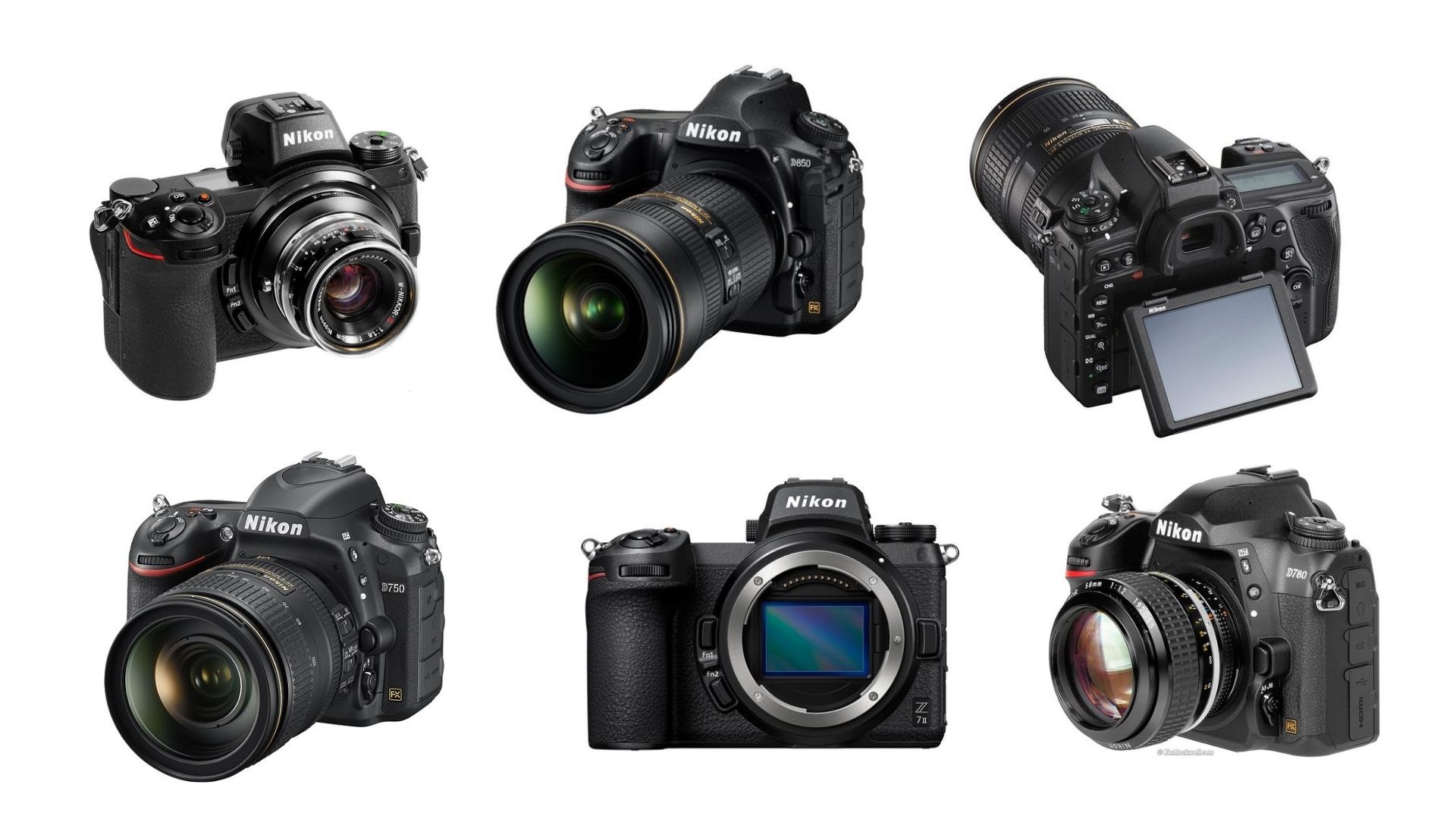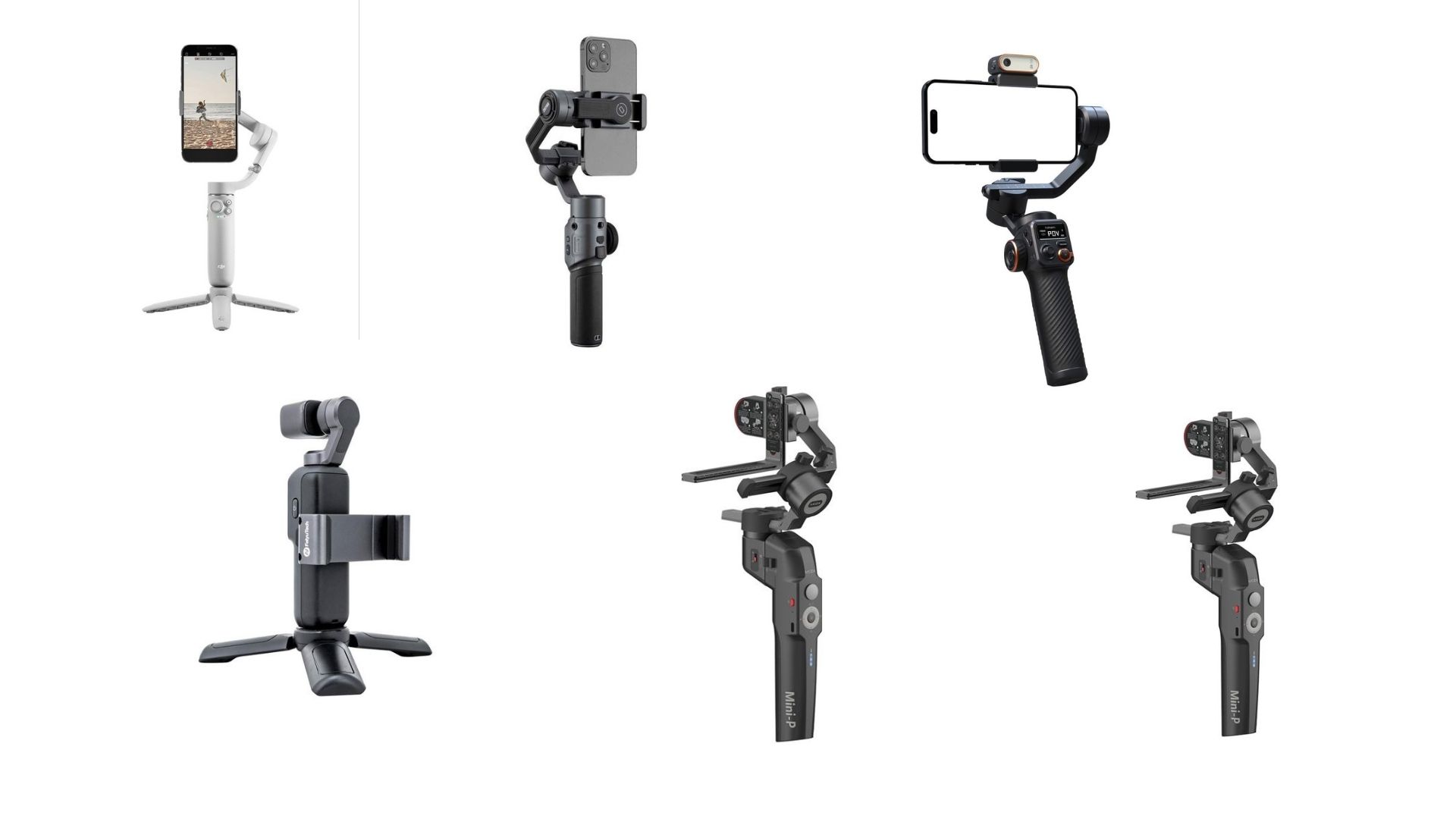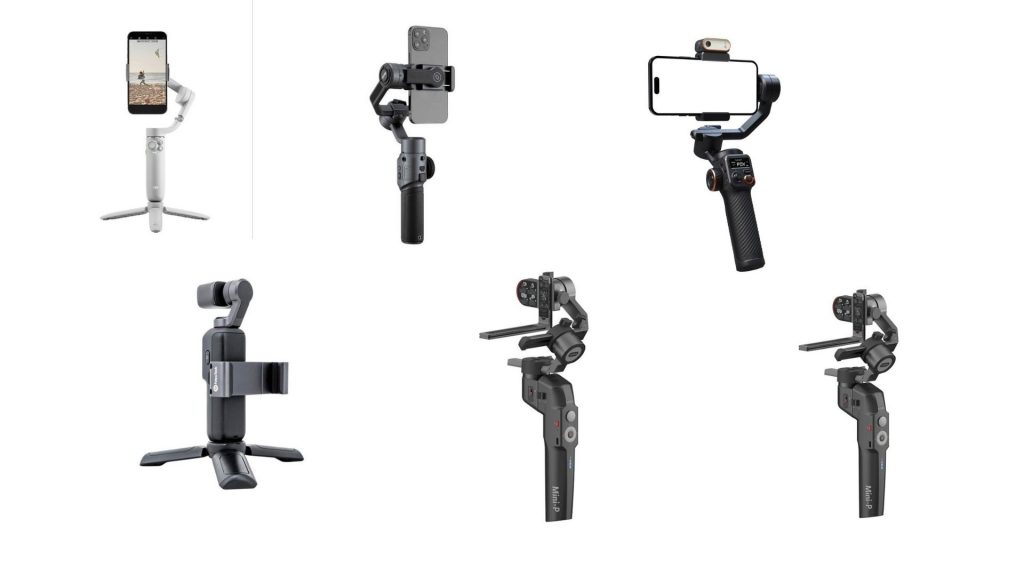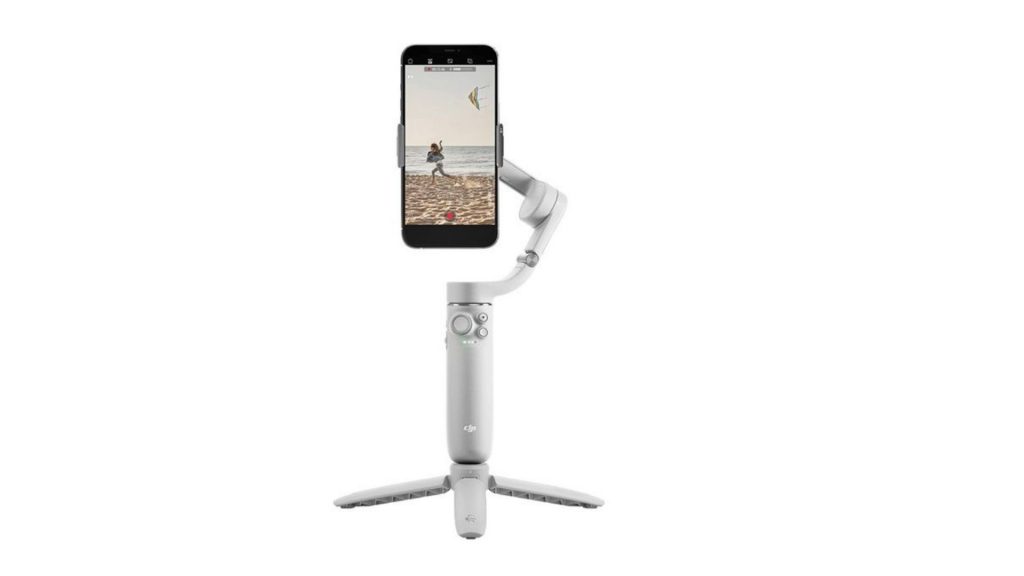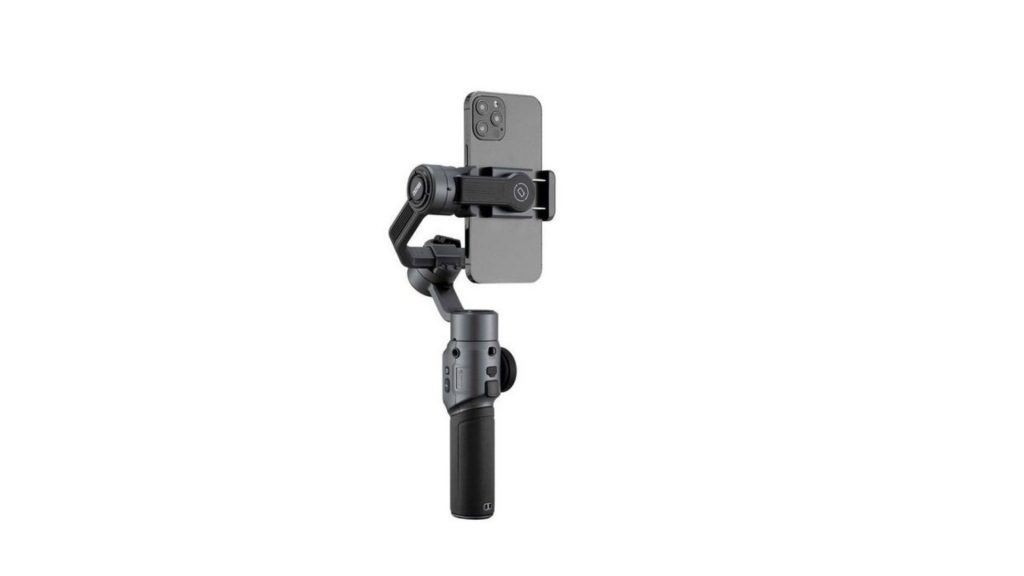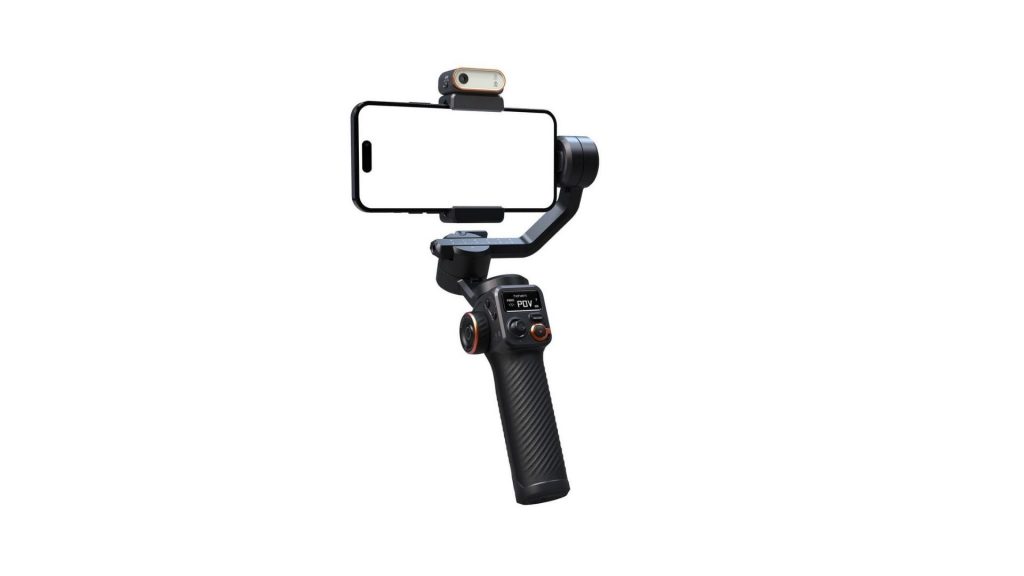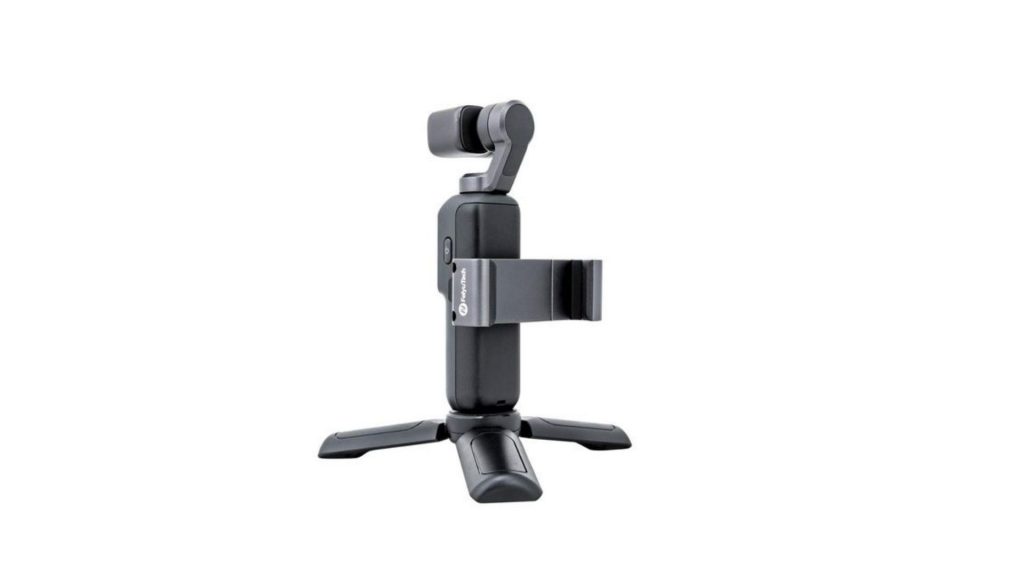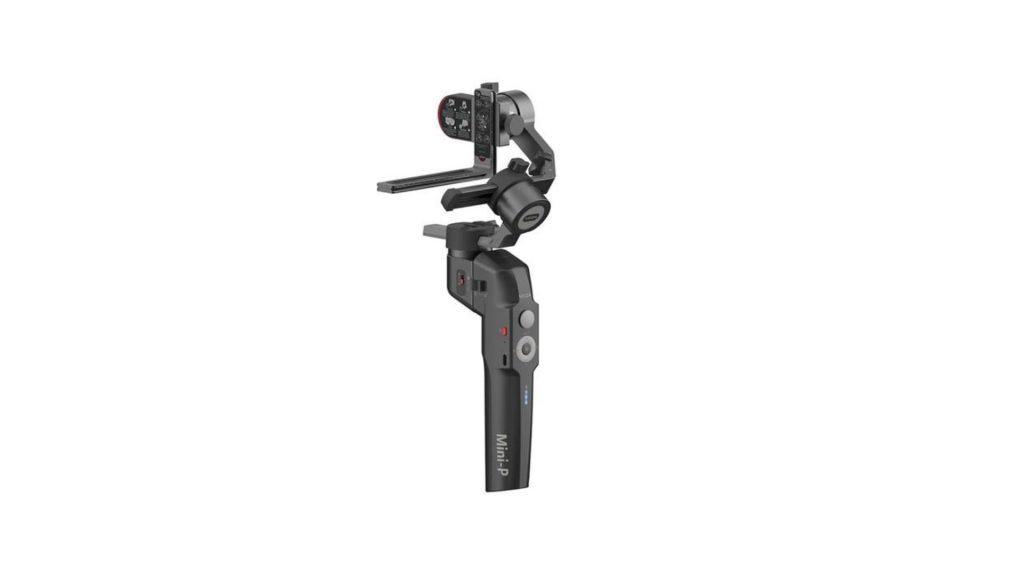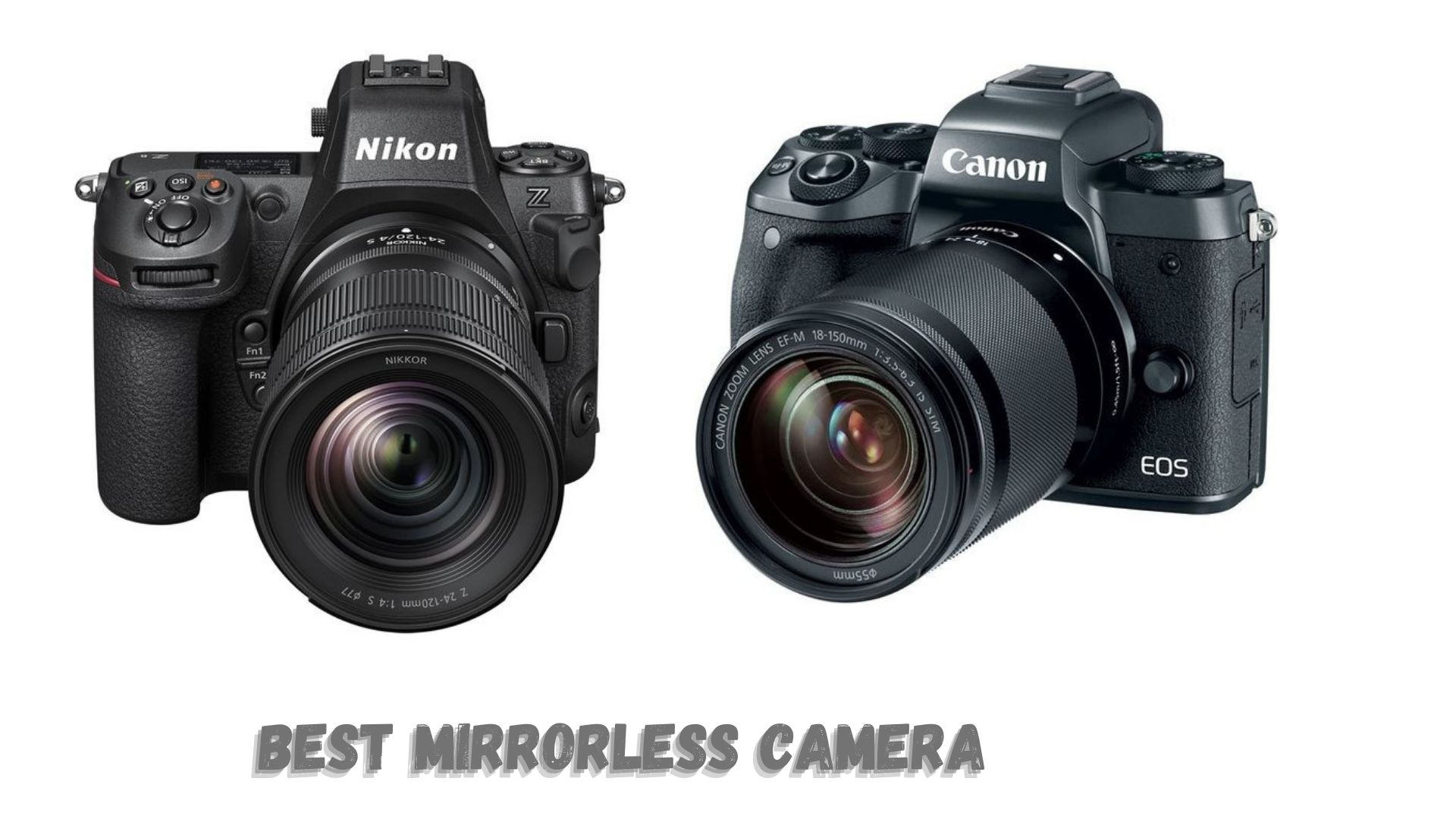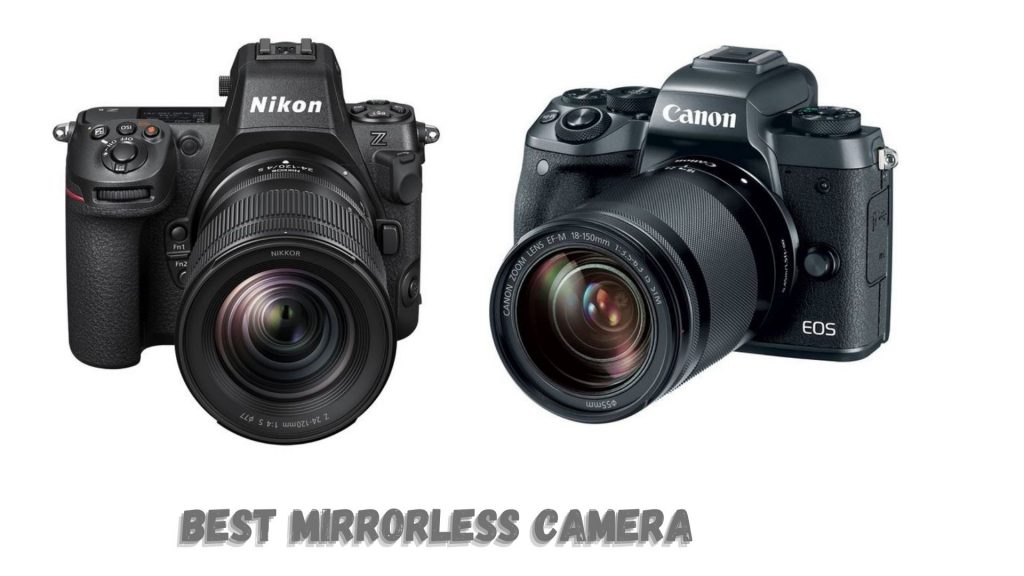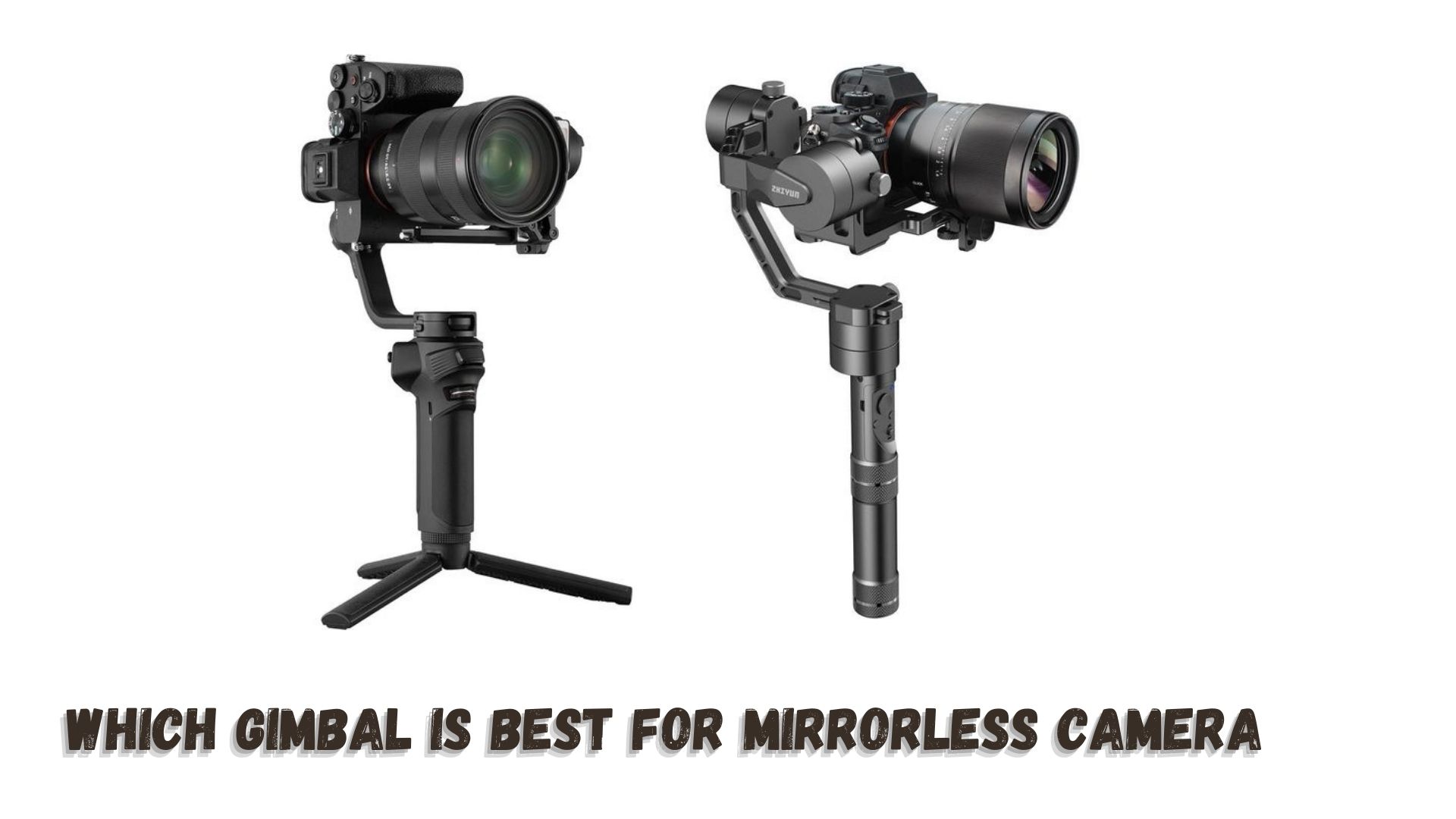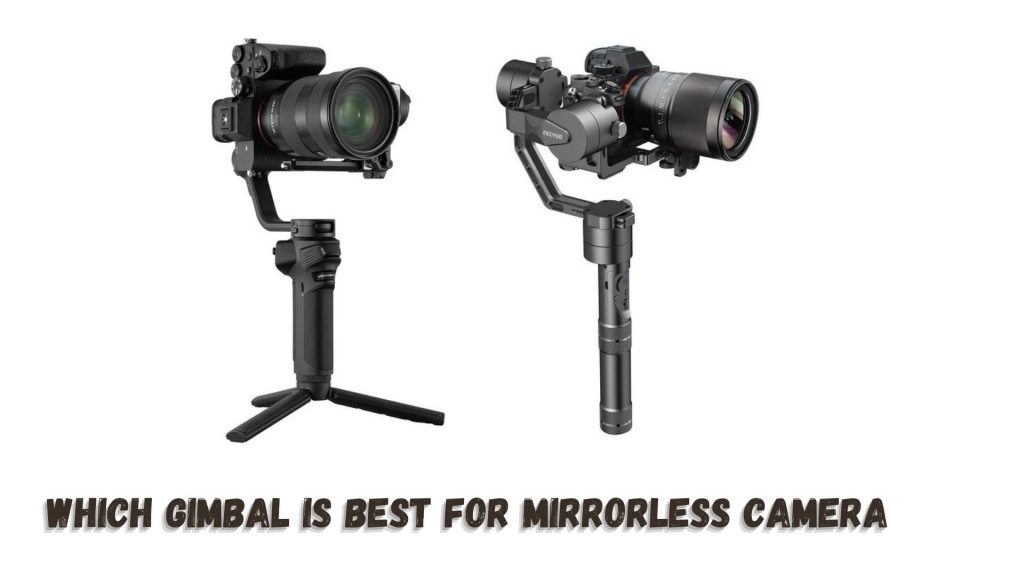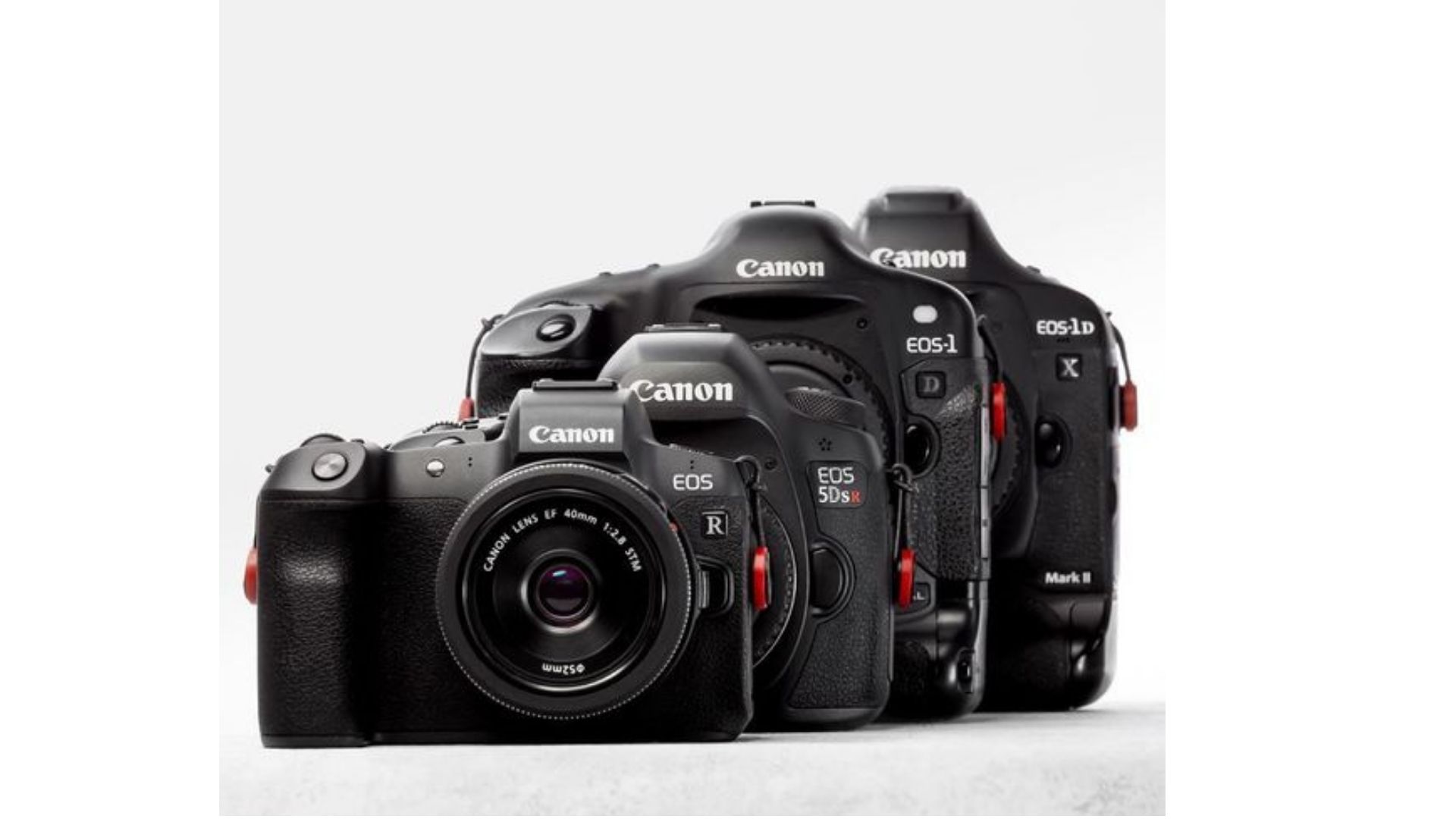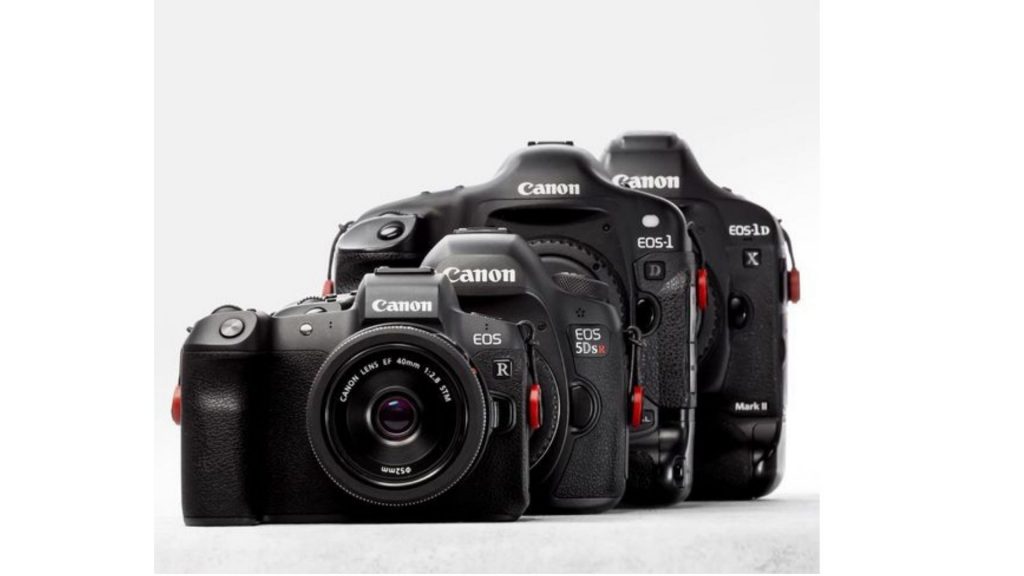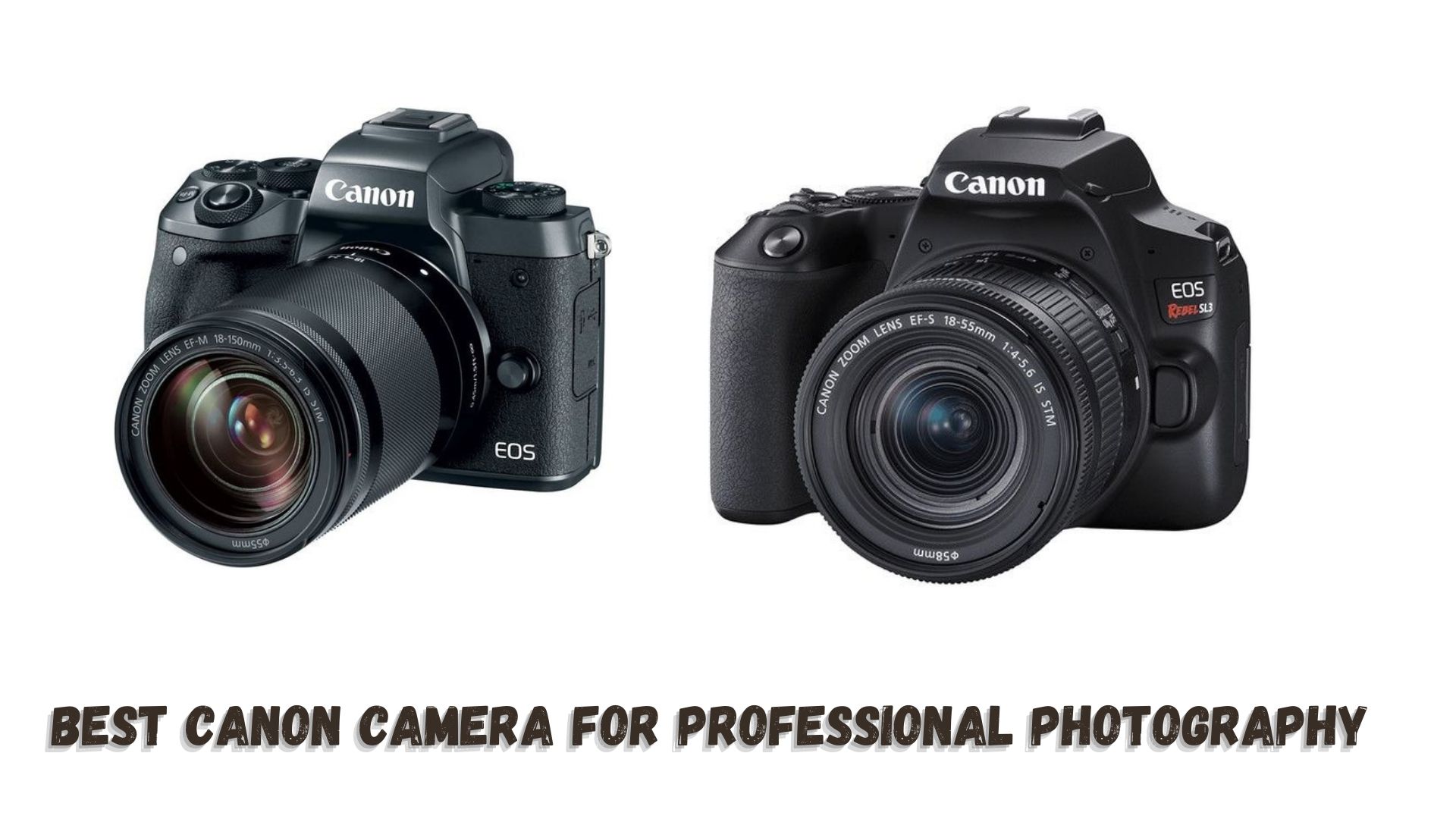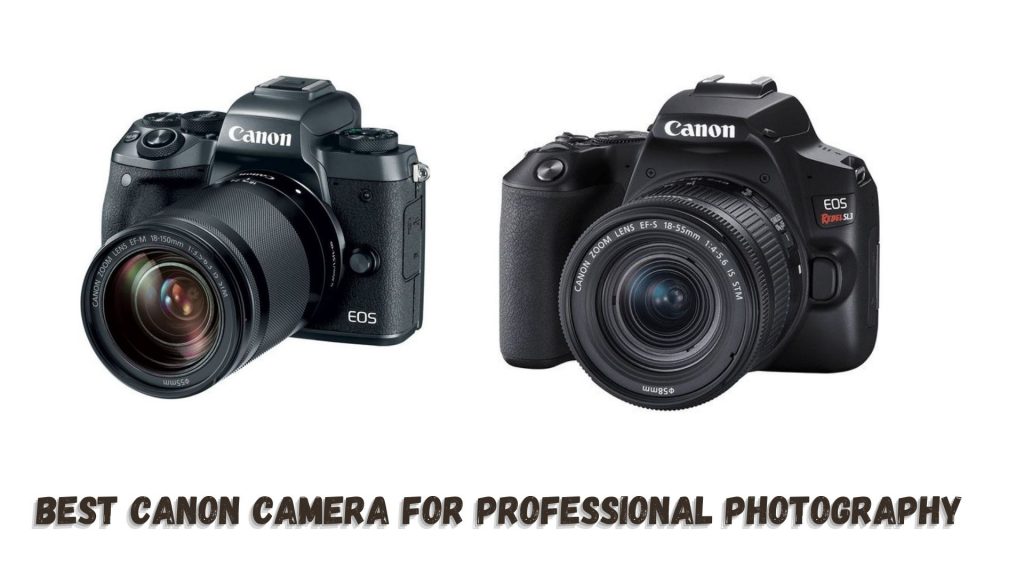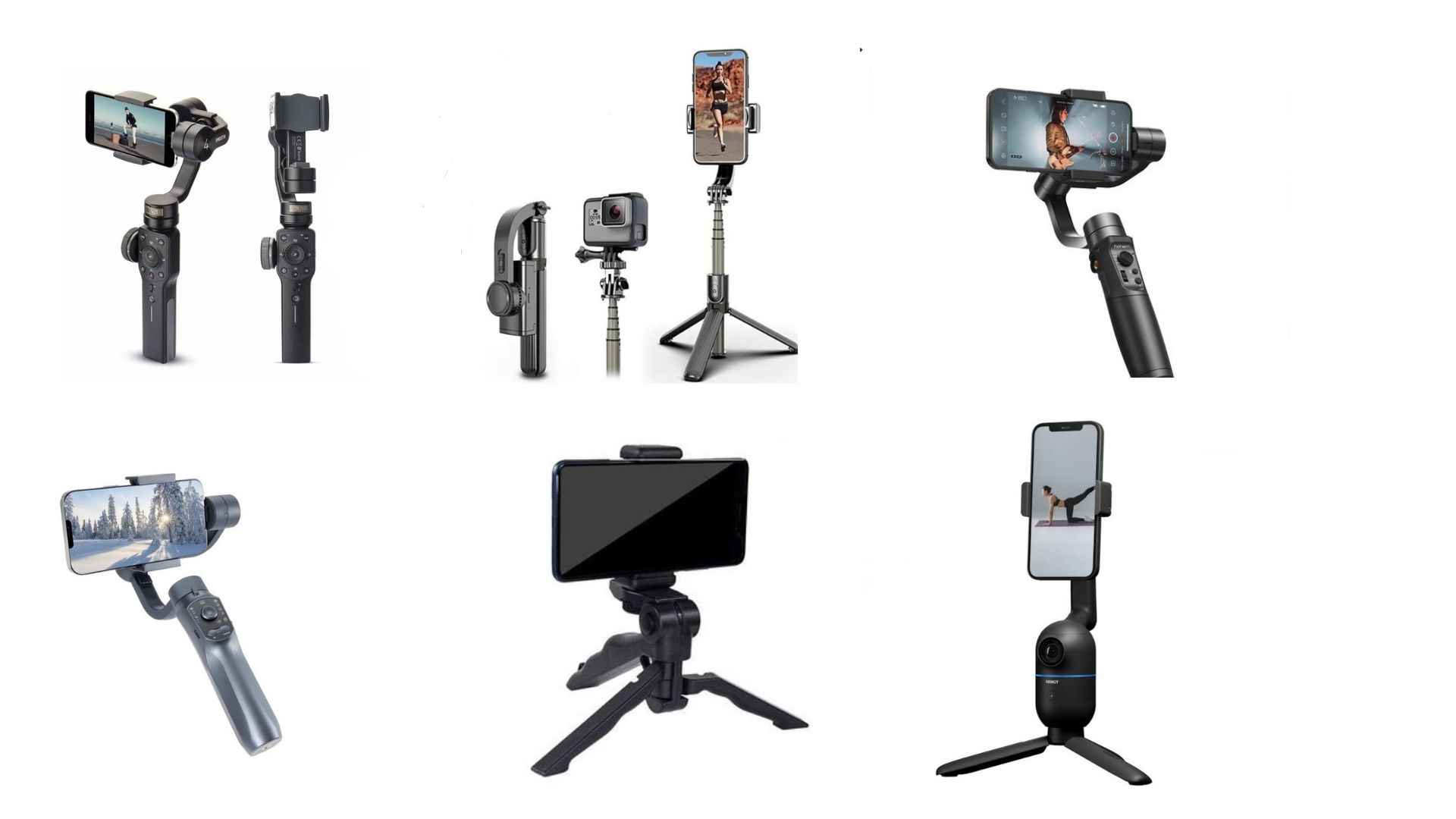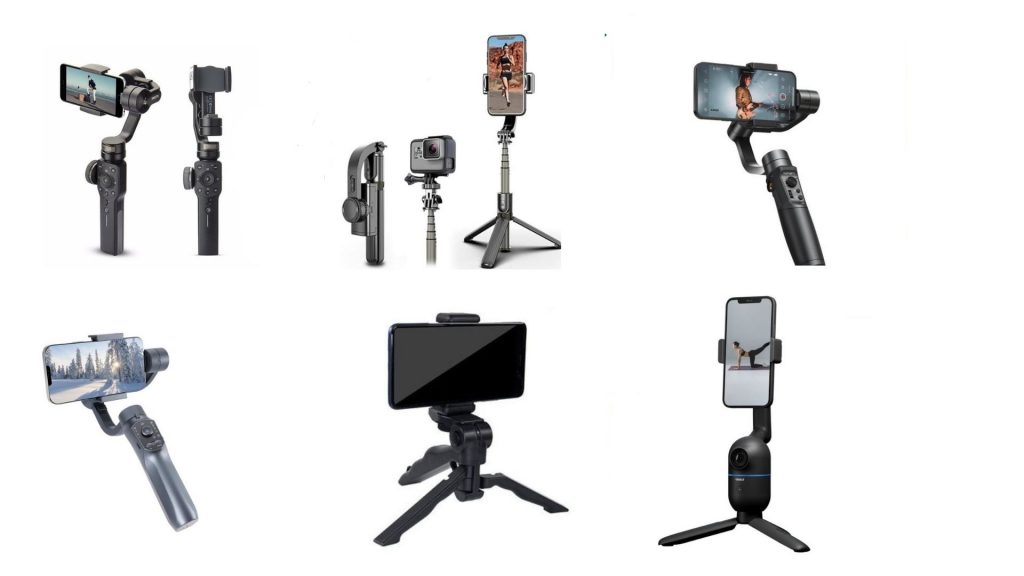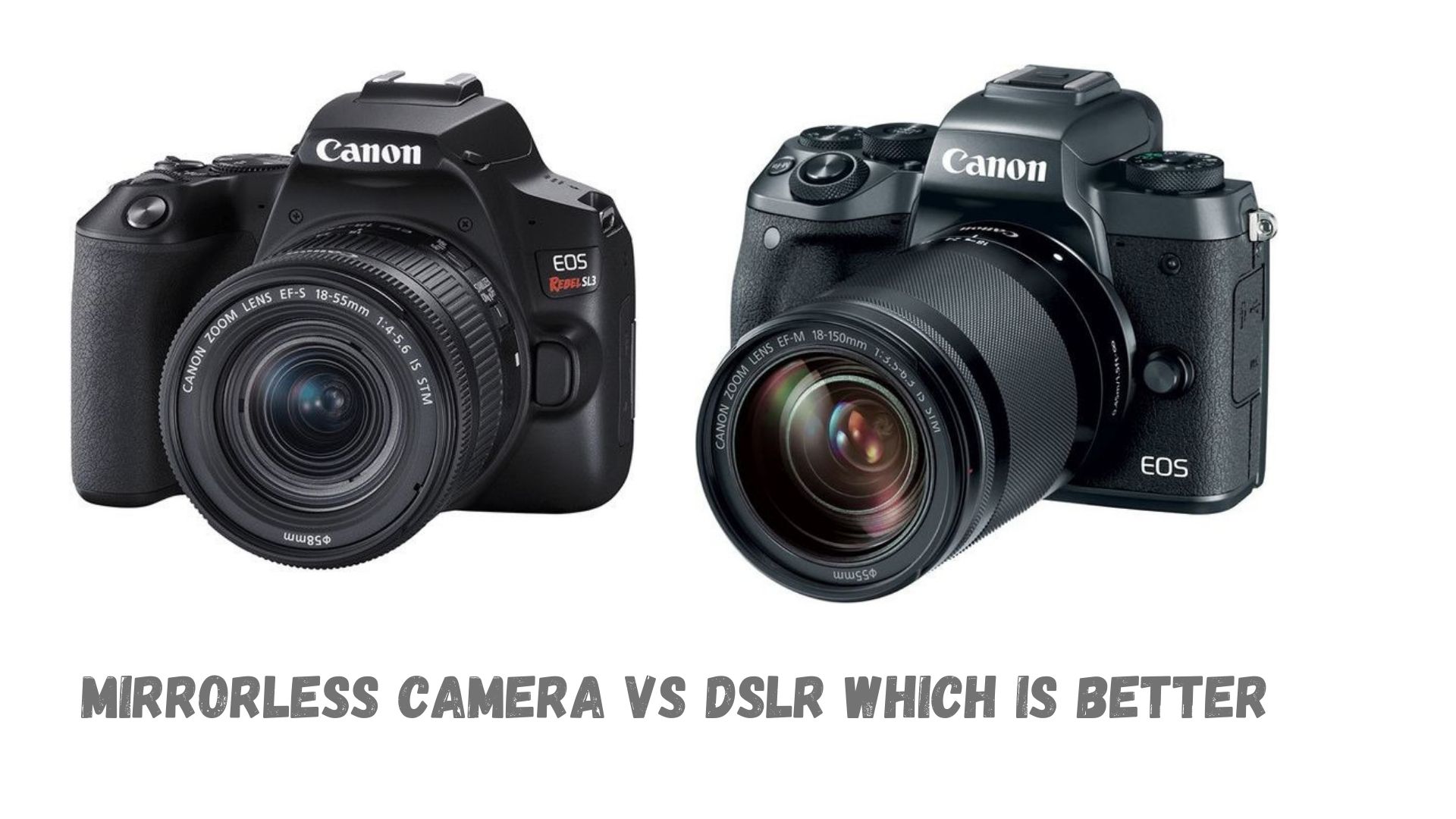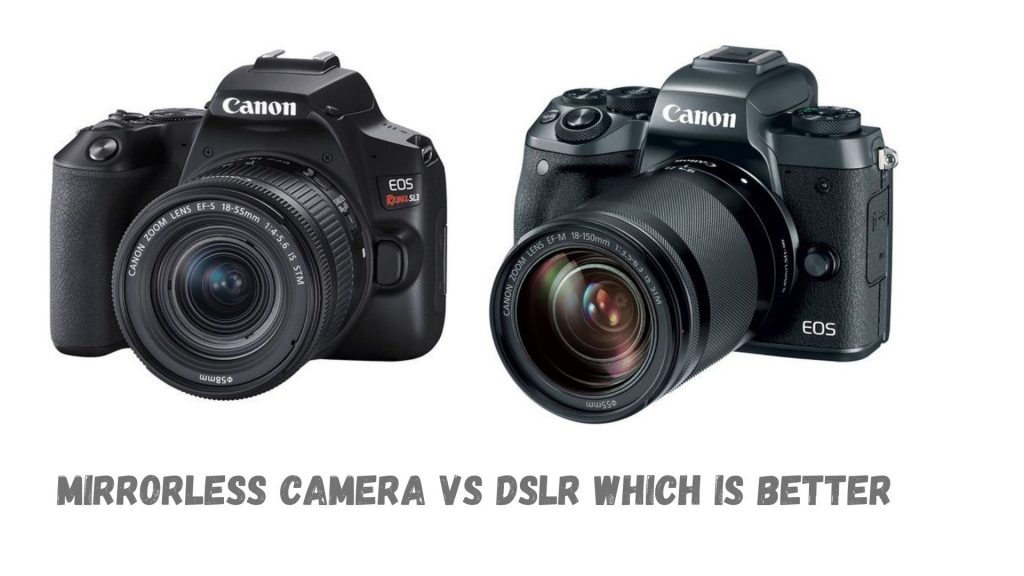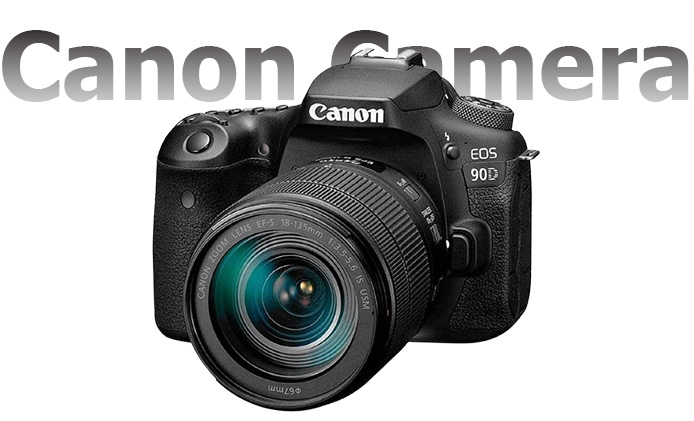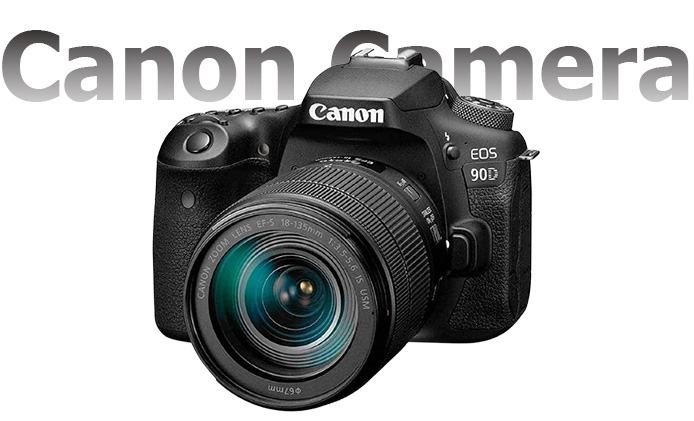In this article, we’ll explore Which Nikon camera is best for wedding photography, and by the end, you’ll be ready to make a confident choice. Ready to capture “I do” like a pro. Let’s dive in.
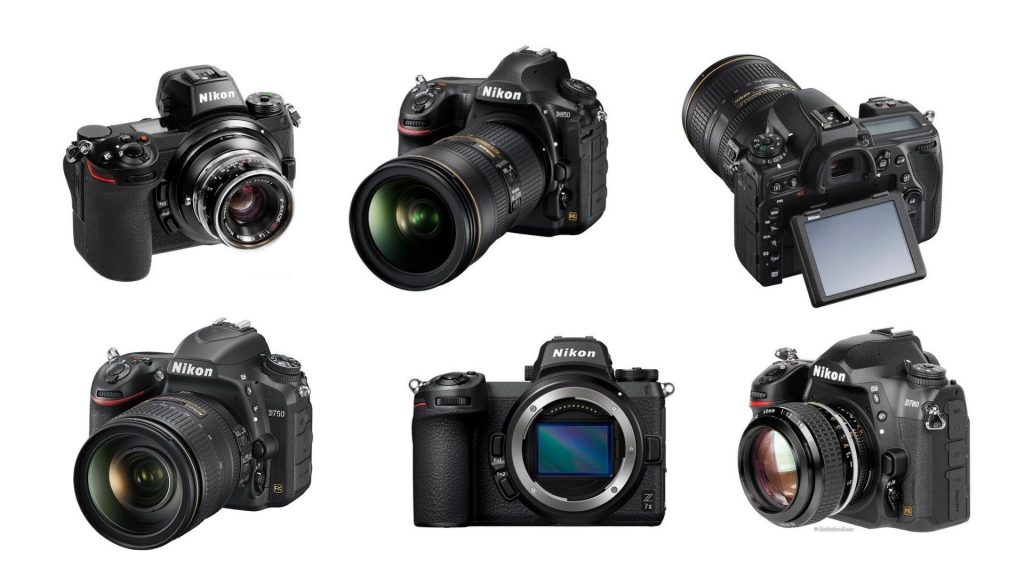
If you’re stepping into the world of wedding photography, one thing is for sure: you need a camera that can keep up with the unpredictable, heartwarming, and sometimes downright chaotic moments of the big day. From capturing that tearful walk down, the aisle to the dance floor antics that only seem to happen at weddings, the right camera is your best ally.
Now, if you’re wondering which Nikon camera is best for wedding photography, you’re in the right place! Nikon has a variety of models that cater to photographers of all levels. Still, when it comes to weddings, you want something that delivers exceptional image quality, is reliable in various lighting conditions, and won’t leave you sweating when the mother of the bride gives you “that look” if you miss the perfect shot.
Why Choose Nikon for Wedding Photography?
Before jumping into the cameras, let’s discuss why Nikon is popular among wedding photographers.
- Durability: Weddings are long, and your camera needs to be a workhorse. Nikon cameras are built tough, so whether you’re outdoors in unpredictable weather or indoors with fluctuating lighting, they won’t disappoint you.
- Low-light performance: Wedding venues love dim lighting for the atmosphere. Nikon cameras handle low light like a champ, especially in their full-frame lineup.
- Lens variety: Nikon has an extensive collection of high-quality lenses that help you capture everything from close-up emotions to wide, majestic shots of the wedding venue.
Now that we’ve cleared that up, let’s get to the real reason you’re here: the cameras.
Which Nikon Camera is Best for Wedding Photography
Nikon D850 – The Ultimate Wedding Photography Workhorse
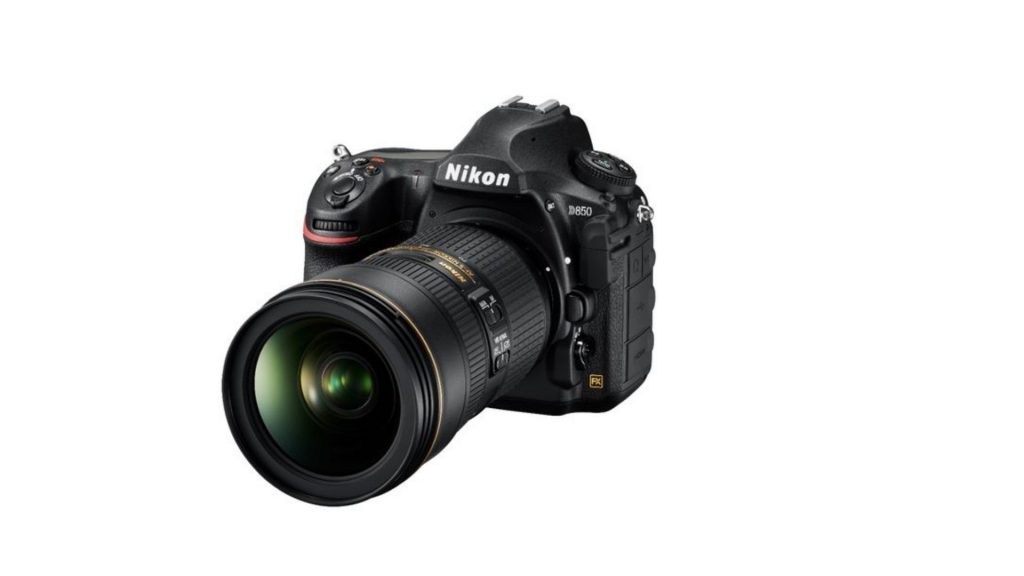
Click Here to Buy Now at Amazon
The Nikon D850 is widely regarded as one of the best cameras for wedding photographers, and there’s good reason for it. It’s a full-frame DSLR that boasts an impressive 45.7-megapixel sensor, giving you breathtaking detail in your photos. Whether you’re capturing the sparkle in the bride’s eye or the intricate lace on the wedding gown, the D850 ensures that no detail is too small.
But what makes the D850 stand out is its dynamic range and ISO performance. At weddings, you’ll often find yourself in situations where you need to handle harsh sunlight during an outdoor ceremony, or near-pitch-black dance floors at the reception. The D850 excels in both these environments, making sure your shots come out crisp and vibrant, no matter the lighting.
And let’s not forget its battery life. If there’s one thing you don’t want at a wedding, it’s a camera dying halfway through the cake cutting. The D850 can easily last through a full day of shooting, making it a reliable companion for those long events. Click here to shop now.
Fun Fact:
While the D850 is a beast of a camera, it also has silent shooting mode, which is perfect for those emotional, quiet moments during the ceremony. No one wants to hear a loud “click” as the couple exchanges their vows!
Nikon Z6 II – The Mirrorless Marvel
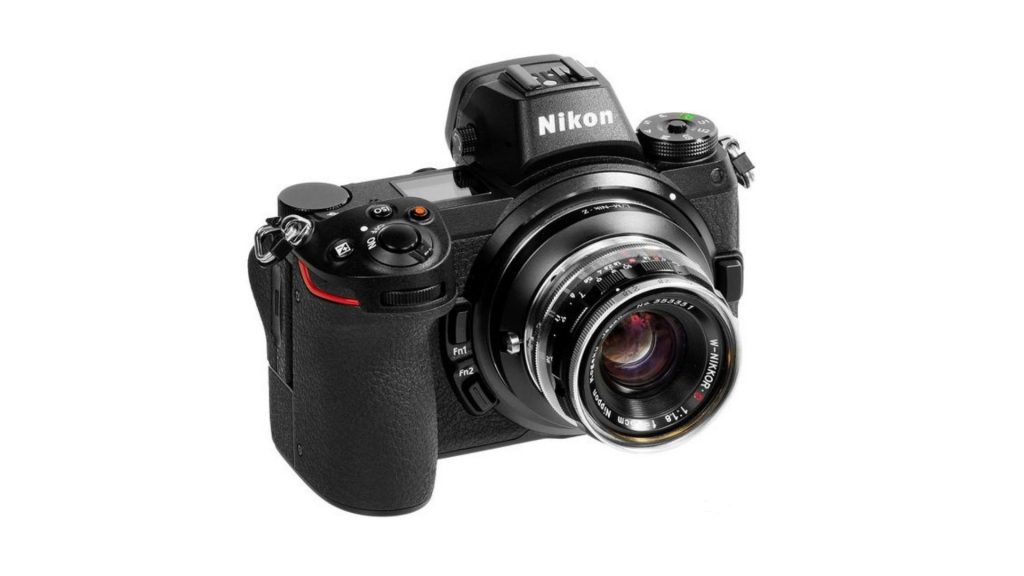
Click Here to Buy Now at Amazon
Next up, we have the Nikon Z6 II, which is a mirrorless wonder in the wedding photography world. While DSLR loyalists might hesitate to jump ship, mirrorless cameras are the future, and the Z6 II proves why.
The 24.5-megapixel sensor may not boast the same resolution as the D850, but it’s more than enough for wedding photography. What sets the Z6 II apart is its in-body image stabilization (IBIS), which is a godsend when you’re shooting handheld in low-light conditions. You’ll be able to shoot confidently in dimly lit receptions or evening ceremonies without worrying about camera shake.
Another advantage? The Z6 II is lighter and more compact than DSLRs like the D850, meaning you won’t feel like you’re lugging around a brick by the end of the day. It’s perfect for those marathon wedding shoots where you’re running from the bride’s prep room to the dance floor.
The dual card slots are also a big win. Wedding photographers know the importance of redundancy, and the Z6 II ensures that if one card fails, you still have a backup. Click here to buy this product.
Fun Fact:
The eye-detection autofocus on the Z6 II is seriously impressive. It locks onto your subjects’ eyes with laser precision, making sure those emotional moments are in perfect focus.
Nikon D750 – The Budget-Friendly Full-Frame
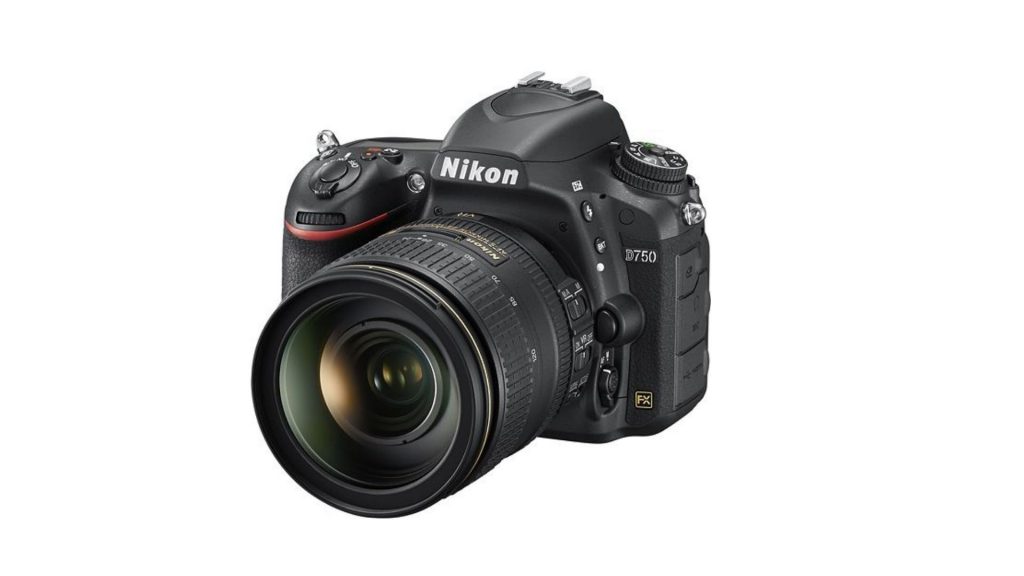
Click Here to Buy Now at Amazon
Let’s face it: weddings can be unpredictable, and investing in a high-end camera like the D850 might not be feasible for everyone, especially when you’re just starting. Enter the Nikon D750, an affordable, reliable, full-frame DSLR that still packs a punch.
The D750 offers 24.3 megapixels, which is more than enough for printing large wedding albums. Its ISO performance is stellar, with a native range of up to 12,800 (expandable to 51,200). So, whether you’re in a dimly lit church or a moody reception hall, you’ll still get sharp, noise-free images.
What makes the D750 a fan favorite is its tilting LCD screen. For those overhead or low-angle shots (think confetti toss or bouquet throw), you don’t need to strain yourself to get the perfect shot. Just tilt the screen and let the camera do the work! Click here to shop now.
Fun Fact:
The Nikon D750 has been referred to as the “wedding photographer’s dream” due to its reliable autofocus system and excellent low-light capabilities.
Nikon Z7 II – The Resolution King
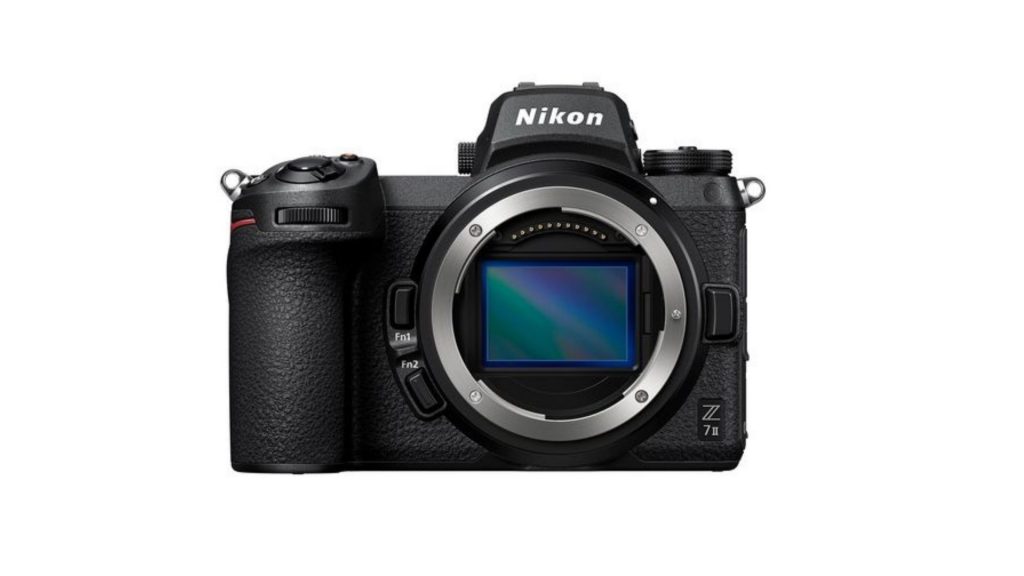
Click Here to Buy Now at Amazon
The Nikon Z7 II is the high-resolution sibling to the Z6 II. With a whopping 45.7 megapixels, it’s perfect for photographers who want to capture every little detail of the wedding day. From the bride’s intricate lace gown to the groom’s cufflinks, the Z7 II doesn’t miss a thing.
Like the Z6 II, the Z7 II features in-body image stabilization and dual card slots, but it brings higher resolution to the table. For wedding photographers who want the freedom to crop without losing detail or print large images for their clients, this is a fantastic option.
While the Z7 II comes at a higher price point, it’s a fantastic camera for those who want the best image quality possible. Click here to shop now.
Fun Fact:
The Z7 II’s high resolution is great for delivering epic, wide-angle shots of the wedding venue, ensuring every detail is captured with clarity.
Nikon D780 – The Hybrid Shooter
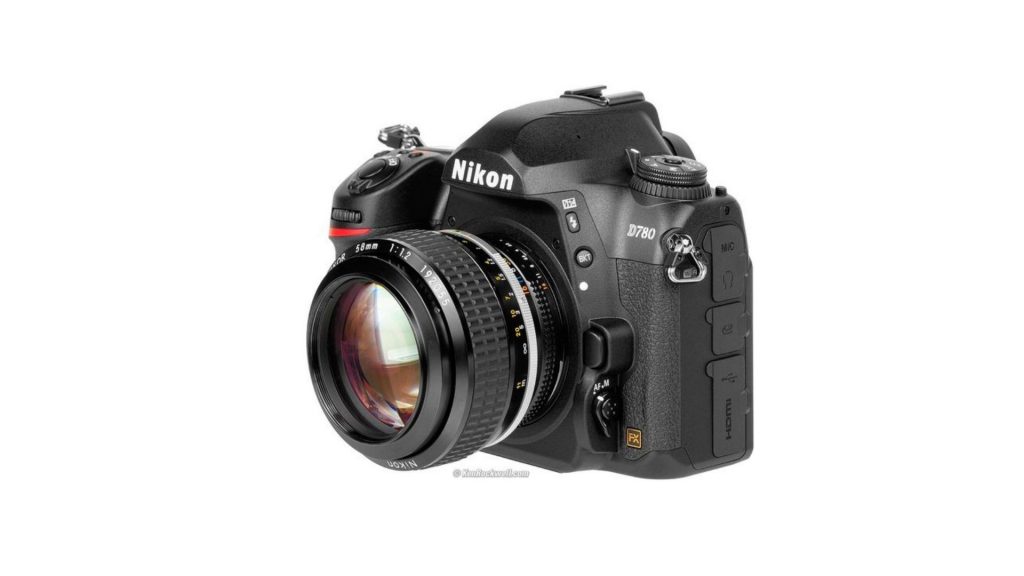
Click Here to Buy Now at Amazon
If you can’t decide between the traditional DSLR experience and the perks of mirrorless, then the Nikon D780 is your answer. This camera brings the best of both worlds, offering mirrorless features like fast live view autofocus and 4K video, while retaining the robust DSLR body and optical viewfinder.
The D780 features a 24.5-megapixel sensor, great for both photography and videography, and it’s known for its fast and accurate autofocus. It’s an all-around performer that can handle every aspect of a wedding, from stills to video. Click here to buy this product.
Fun Fact:
The D780’s silent shooting mode is perfect for those discreet moments during the ceremony. You won’t have to worry about your shutter sound breaking the silence at emotional times.
Conclusion
Choosing the best Nikon camera for wedding photography comes down to a balance between budget, features, and personal shooting style. Here’s a quick recap:
- For pros who want the best of the best, the Nikon D850 is a no-brainer with its incredible image quality and dynamic range.
- For those who want to go mirrorless, the Nikon Z6 II offers great performance in a lightweight package with fantastic low-light capabilities.
- For budget-conscious photographers, the Nikon D750 provides amazing performance without breaking the bank.
- For hybrid shooters, the Nikon D780 gives you the best of DSLR and mirrorless worlds.
Ultimately, whichever camera you choose, remember that the magic of wedding photography comes from how you capture the moments, not just the gear you use. But hey, having the right camera sure helps! Happy shooting, and may your camera never run out of battery during the vows!
CHECK THESE OUT:
I Can’t Call It the Best Mirrorless Camera Without These Must Have Features
Which Gimbal is Best for Mirrorless Camera
Best Canon Camera for Professional Photography
Mirrorless Camera vs DSLR Which is Better
It Just Got Easier to Capture Every Angle with Canon Cameras with Flip Screens
